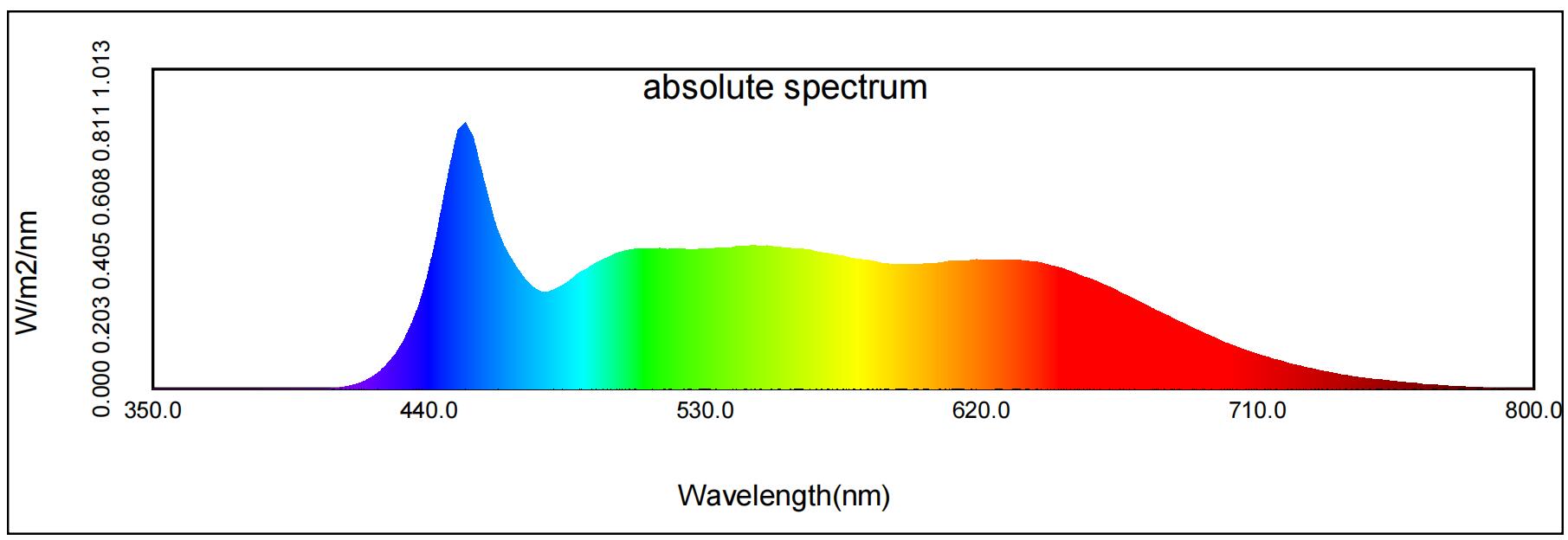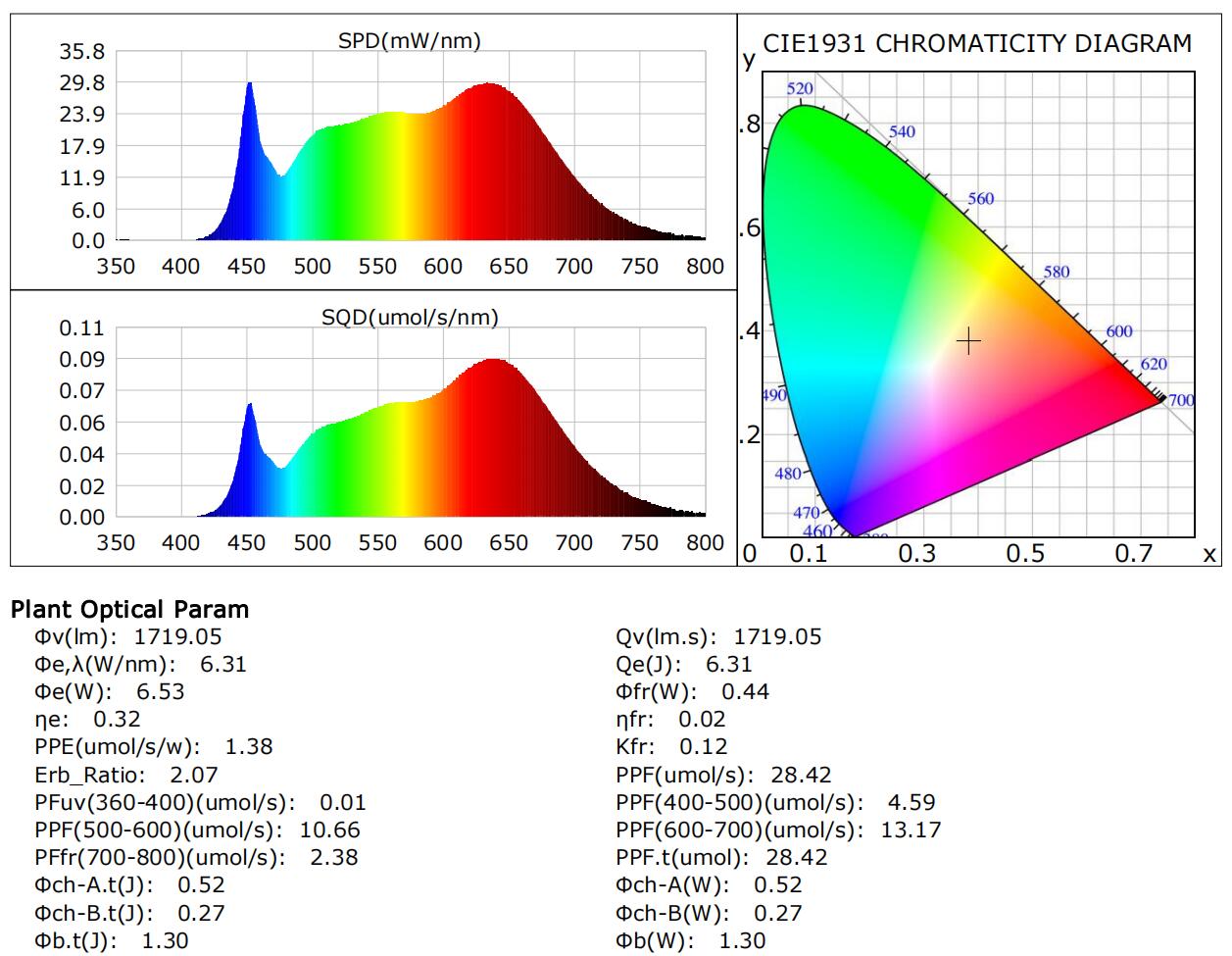The difference between PPF and PPFD
PPF - photosynthetic photon flux
PPFD - photosynthetic photon flux density
What is photosynthetic photon? A photon is a single particle of light, those that are capable of contributing to photosynthesis are considered a photosynthetic photon. And this includes photons with wavelengths between 400nm and 750nm.
PPF and PPFD measure the quantity of the photons. The critical difference is that PPFD measures the density of these photons falling on a particular surface, while PPF is a measure of the total number of photons released from a light source.
The graphic should reveal two additional properties about PPFD.
First, the closer to the light source, the higher the PPFD reading. This is due to the dispersion of light as one moves away from the light source.
Second, the center of the beam typically has the highest PPFD reading. As you move farther away from the center, PPFD will decrease.

units of measure for PPF and PPFD
PPF - μmol/s
PPFD - μmol/s/m2
PPF is simply micromoles per second, but PPFD is micromoles per second per meter squared. This is because we want to know how many photosynthetic photons land on a square meter per second.
When to use PPFD & PPF
PPFD should always be accompanied by a distance and location. Most manufacturers will publish PPFD data, but be sure that you take into account:
1.Distance from the light source
2.Location and whether this is averaged over a certain area
Without knowing this, you cannot meaningfully compare PPFD.
PPFD can be the result of multiple lamps lighting a single area.
PPF, on the other hand, measures the amount of photons from a single grow light. You can make meaningful comparisons between lamps by comparing its PPF measurement. That being said, be aware that depending on the beam angle, this can affect eventual PPFD readings depending on the products.


